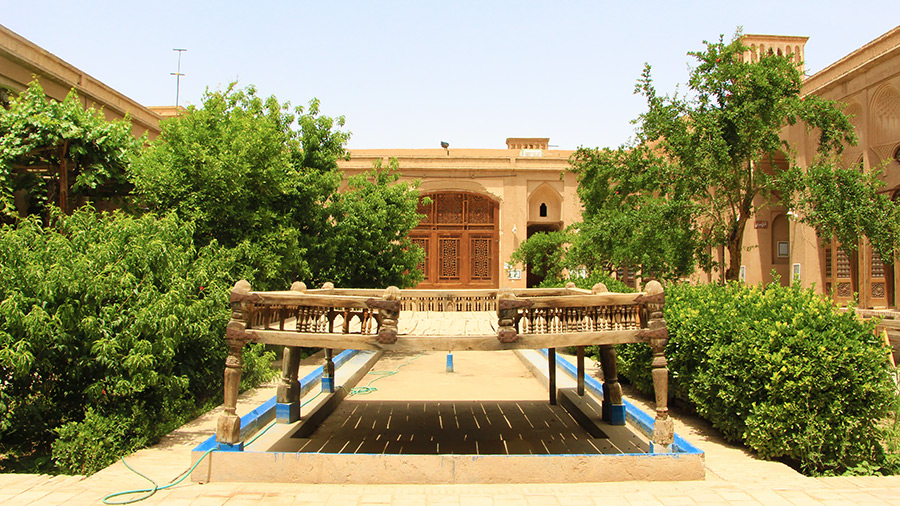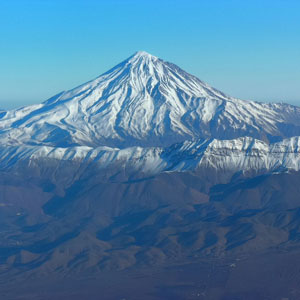 Signin with Google
Signin with Google Signin with Facebook
Signin with Facebook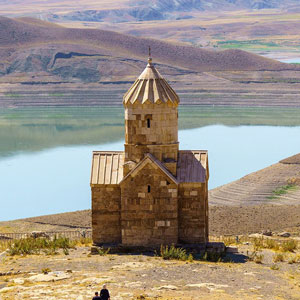
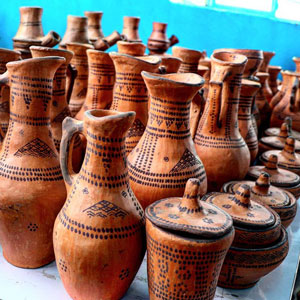
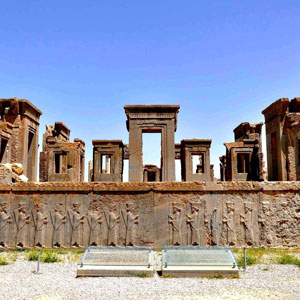 Places,Culture,History
Places,Culture,HistoryYazd, an Earthen Town of Wind-Catchers
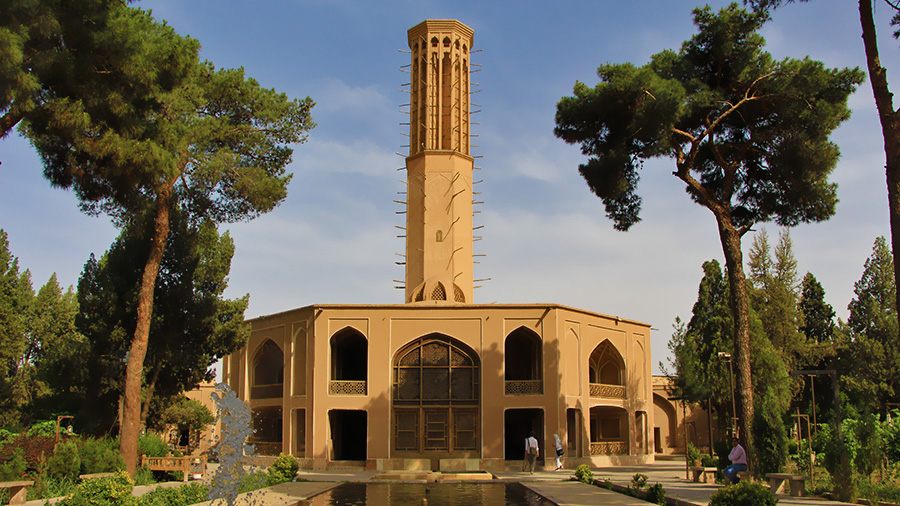
Yazd, the mystical city of windcatchers
Furnished with the original quality of earthen buildings, roofed narrow alleyways and mud-brick wind towers, or Badgirs which marked the skyline, the sweetest desert city of Iran seems to be under guard of the highest minaret of Jame Mosque and the eternal flame of Ahura Mazda's Atashkadeh or fire temple that travelled far long to settle 270Km southeast of Isfahan, in Yazd.
Yazd, a "don't miss" destination in Iran is exactly what you have never seen before! The still inhabited old town, whose buildings are built of earth, makes visitors live their Aladdin experience from Disney cartoons and get lost in atmospheric alleyways in search of its hidden treasures which bring it to reject modernization, retain its true originality.
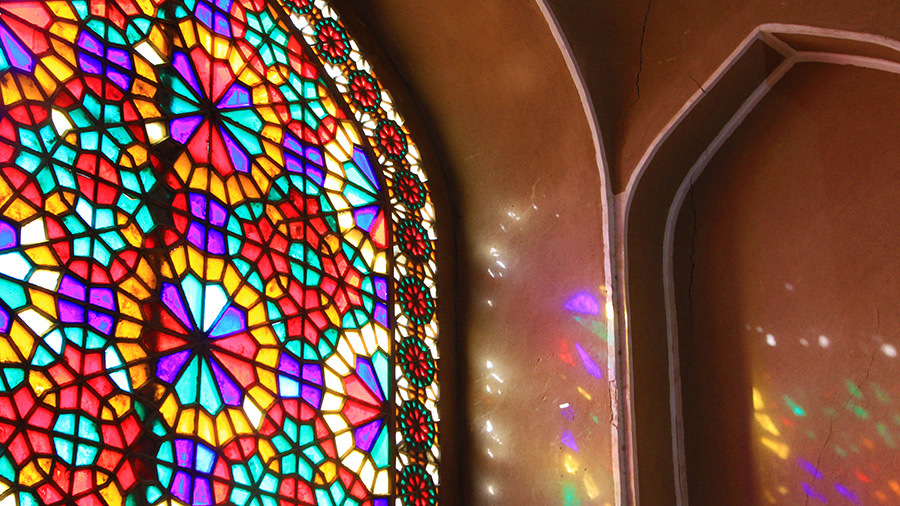
Imagine the almond pastry, deep-fried with powdered sugar-cum-cardamom, enjoying the sweet taste of Yazdi Qottab, enter to the land of 1001 nights tales and the splendour of the Silk Road era whose unrivalled beauty has remained the same in the 5000-year-old city of Yazd.

A treasure of Persian architecture
Getting lost inside the intricacy of the vaulted lanes or reaching rooftops to get a panoramic view of the plane mud-brick town with its Badgir earrings, is the best way to take the pulse of this unique city and admire one of the best examples of desert genuine architecture. From Jame mosque in blue that stands visible from all around the old town to the simplest or the most refined adobe houses, Yazd old town is a testimony to the creation of an environment-friendly microclimate.

The city demonstrates how natives have adjusted themselves to namely a dry and desert environment that emerges between two vast deserts of the Iranian plateau: the Dasht-e Lut and the Dasht-e Kavir. Architectural and engineering creativity were to be employed to survive in such a tough environment, and this is why Yazd presents two of the main Persian architectural masterwork: Qanat and Bagdir.

Water, the source of life
Qanat is an ancient water exploitation system, a masterpiece of Iranian indigenous knowledge. In the aridity domination, it is the life-giving qanat whose underground tunnels lead water and life toward the wind-catcher town. Each district has a distinct qanat and Yazdi qanat makers are considered as the gifted illiterate engineers in Iran, passing on their knowledge to their sons verbally.
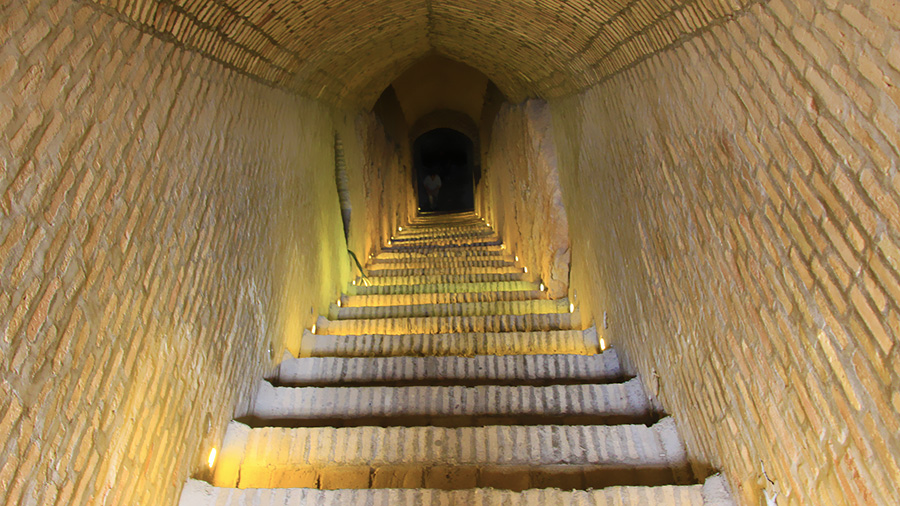
The city of Wind-catchers
Aside from the water, locals have cleverly conceived their city in order to make it a refuge against the heat of the day. Most houses have their courtyard sunk below ground level and protected by thick walls, which keep some of the earth's coolness. But the masterpieces of this architectural city are its wind towers, called Bagdir.
It's not without reasons that Yazd is called the City of Wind-catchers, as it displays an abundance of well-preserved and still functional bagdirs. They are the world's oldest natural cooling system: the wind is captured in height and its fresh air is then directed inside the houses, creating a pleasant and refreshing atmosphere. When the sun goes down by the end of the day, the multitude of bagdirs rising over the city creates a picturesque image, transporting spectators into a legendary land.

The fine handicrafts of the Silk Road
Because Yazd was located in a remote desert area, the city was difficult to reach and thus has been preserved from the battles of the various empires. For centuries, this major city of the Silk Road has been an important trading post and a flourishing point during the 14th and 15th centuries. The finest Persian handicrafts were found in Yazd, known for the quality of its textiles and carpets.

This is what the Venetian merchant Marco Polo noted while visiting Yazd in 1272: “It is a noble city has a great amount of trade”, wrote the famous world traveller. “They weave their quantities of a certain silk tissue known as Yasdi, which merchants carry into many quarters to dispose of. When you leave this city to travel further, you ride for seven days over great plains, finding harbours to receive you at three places only.”
A centre of the Zoroastrian faith
Being home to the second great population of Zoroastrians with 10% of its population, Yazd is the centre of 3500 years of Zoroastrianism in Iran while Zoroastrian faith was the principal religion before the Arab conquest in Iran. Yazd possesses many holy sites, such as Fire Temple, Towers of Silence and pilgrimage sites. After Islam, it's indeed in Yazd region that many Zoroastrians came to seek refuge, as they were allowed to practice their religion against the payment of tax.

Nowadays, Islam, Zoroastrianism, as well as Judaism, still peacefully live side by side. They left their mark on the city. A melting that can also be witnessed to the traditional Yazdi handicrafts and local celebrations.
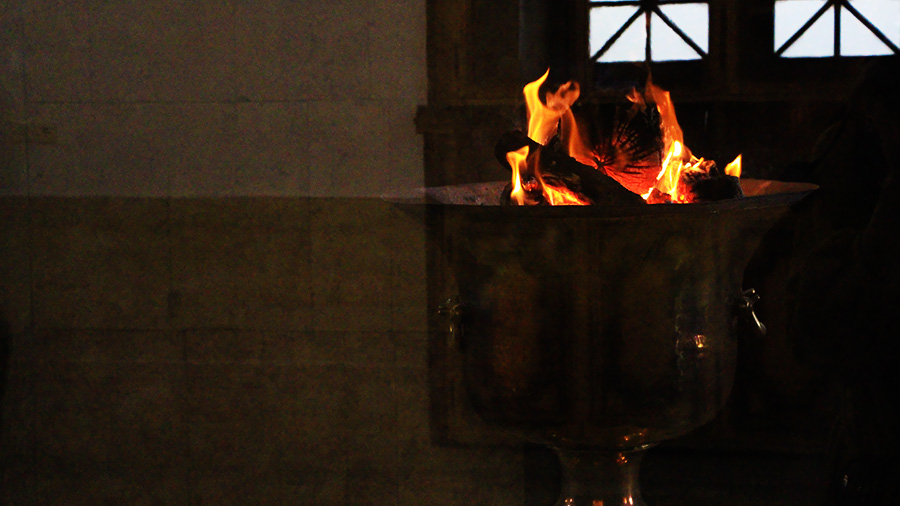
The historical city of Yazd is recognized as a world heritage in Unesco
Yazd not only has survived from drought and limited resources in the desert but innovated sustainable methods compatible with nature to preserve its heritage for upcoming generations forever; this cradle of culture and modesty didn't suffice with mere survival and created yellow-brown heavens such as its buildings, houses and lush gardens in the desert for inscribing its patience and love on the world pad.
